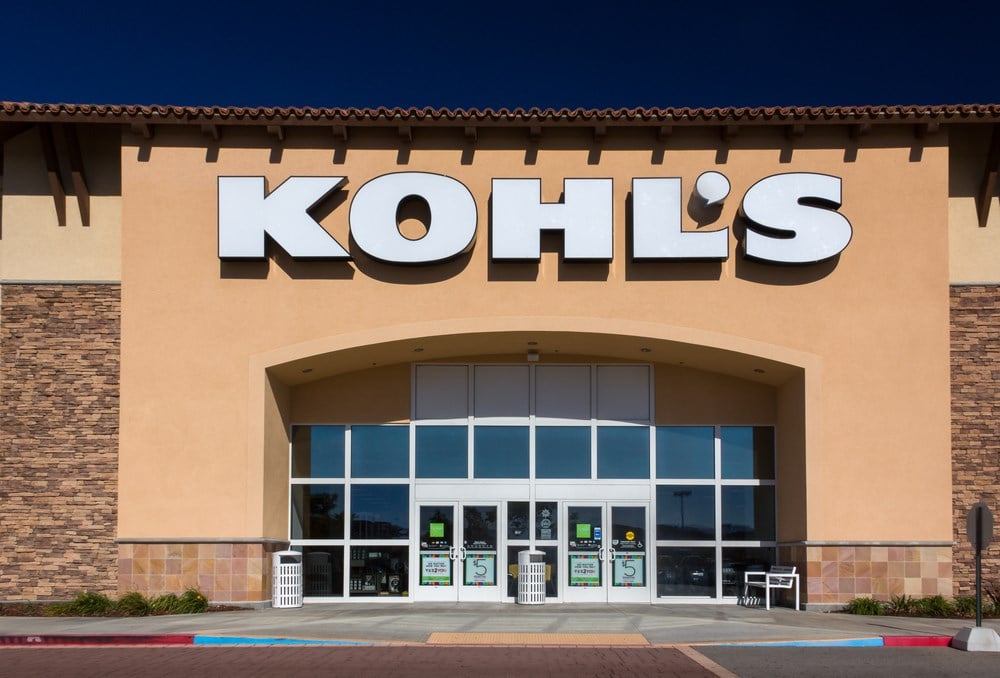
Reconstitution occurs when an index provider, such as Standard & Poor's, reassesses and rebalances a benchmark to maintain the most accurate representation of capitalization and style. Once complete, it leads to the removal and addition of companies, a shift that can significantly impact stock buying and selling activity.
Since portfolio managers who oversee exchange-traded funds (ETFs) and mutual funds track popular indices, reconstitution can drive trading decisions. Stocks that get removed tend to sell off, and stocks that get added tend to go up. Some indices undergo rebalancing annually or quarterly, while others make changes as needed.
Earlier this month, Standard & Poor's announced a series of changes to its flagship equity indices that became effective October 18. The most prominent change involved Microsoft’s acquisition of Activision Blizzard, which allowed for Lululemon Athletica in the S&P 500.
The small-cap S&P 600 has contained a flurry of activity this year. In the past 30 days, it added financial firm NCR Atleos and power technology company Vicor. These are relative unknowns to most investors, but other recent additions are more familiar.
Why is Kellogg stock in the S&P 600?
This month WK Kellogg Co. (NYSE: KLG) joined the S&P 600 as part of the removal of three companies — American Vanguard, Ebix and Hawaiian Holdings. At first glance, it seems like an odd place to put the 117-year-old cereal giant, but this stock is a small "portion" of the overall Kellogg empire at 18% of annual sales.
WK Kellogg formed when the company separated its North American cereal business from the rest of Kellogg. When it completed this process on October 2, it made the spinoff eligible for S&P's small-cap index because its market cap was only $1.1 billion. The remaining part of the business, Kellanova, retained the K ticker and — with a $17.1 billion valuation — remains in the S&P 500.
Which is the better stock to own?
The decision to split up North American cereal and snacks/global breakfast products is based on the idea that separated businesses can be more profitable. Executives at each company will theoretically be able to focus on a single food category and maximize their respective market position.
While management has touted the idea as a way to unlock the full standalone potential of both businesses, the potential is much greater for Kellanova. That's because snacks are one of the fastest-growing food industry categories. A post-pandemic return to on-the-go lifestyles and constant product innovation in the face of competition kickstart this growth.
On the other hand, WK Kellogg experiences slower growth, with consumers shying away from sugary cereals and opting for more convenient breakfast alternatives, suggesting that Kellogg has pushed aside its cereal business so that it doesn't hamper growth at Kellanova.
Wall Street shows consensus price targets point at a 28% upside for Kellanova compared to 18% for WK Kellogg.
Why is Kohl’s stock going up?
On October 3, Kohl's Corporation (NYSE: KSS) was booted out of the mid-cap S&P 400 and into the S&P 600 because its valuation had become too low. From cost inflation to inventory buildup to slumping digital sales, a series of challenges pushed the department store's market cap down to $2 billion from $10 billion at its post-COVID-19 peak.
Just as Kellanova-WK Kellogg is unique, Kohl's move from one index to the next is also a special case for reconstitutions. Deletion from the S&P 400 caused mid-cap managers to dump the stock, but the addition to the S&P 600 caused small-cap managers to buy. So far, the buying pressure is winning, with Kohl's up around 3% since the rebalance.
The bounce off the bottom may also relate to the fact that Kohl's shares are dirt cheap and pay a hefty dividend. At 7x next year's earnings estimate and with a 9.4% forward yield, investors may be unable to ignore KSS. A successful holiday shopping season will be critical for restoring investor interest, but small-cap bargain hunters are getting an early start on their shopping.














